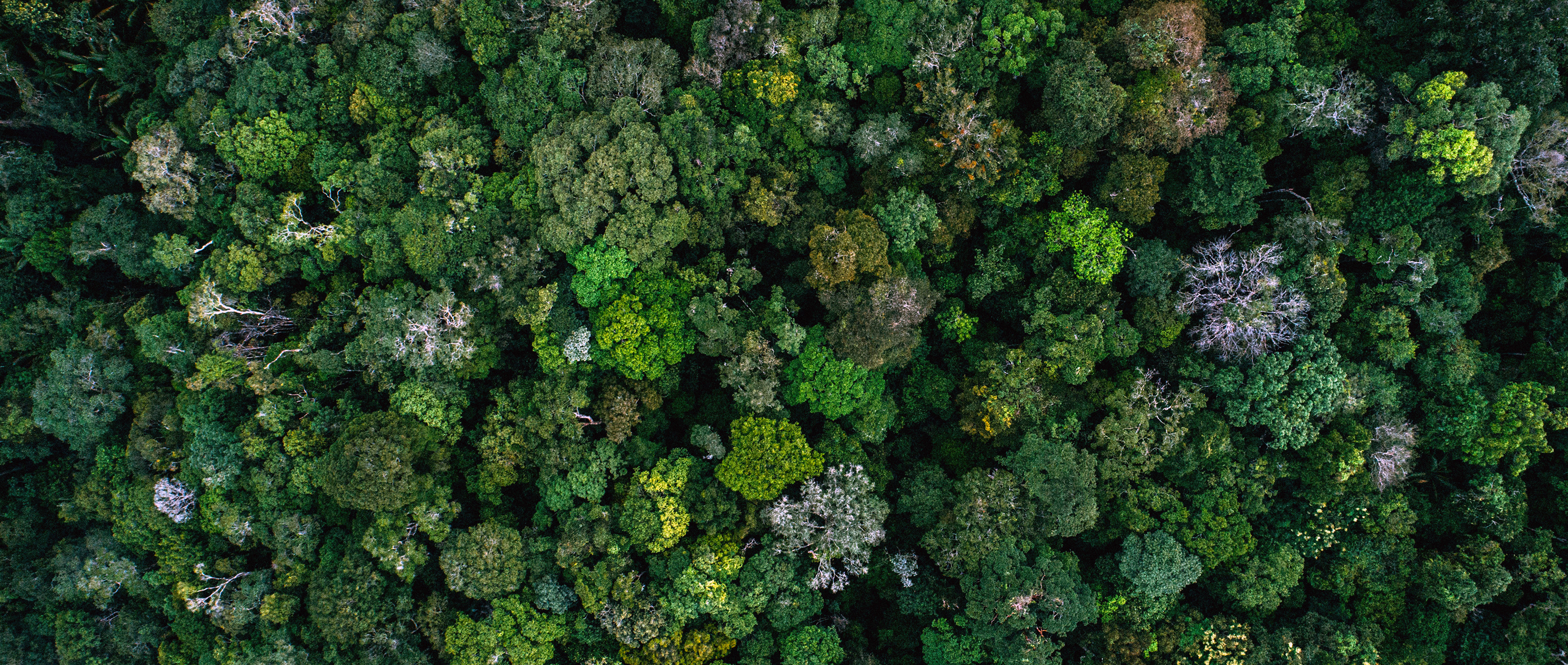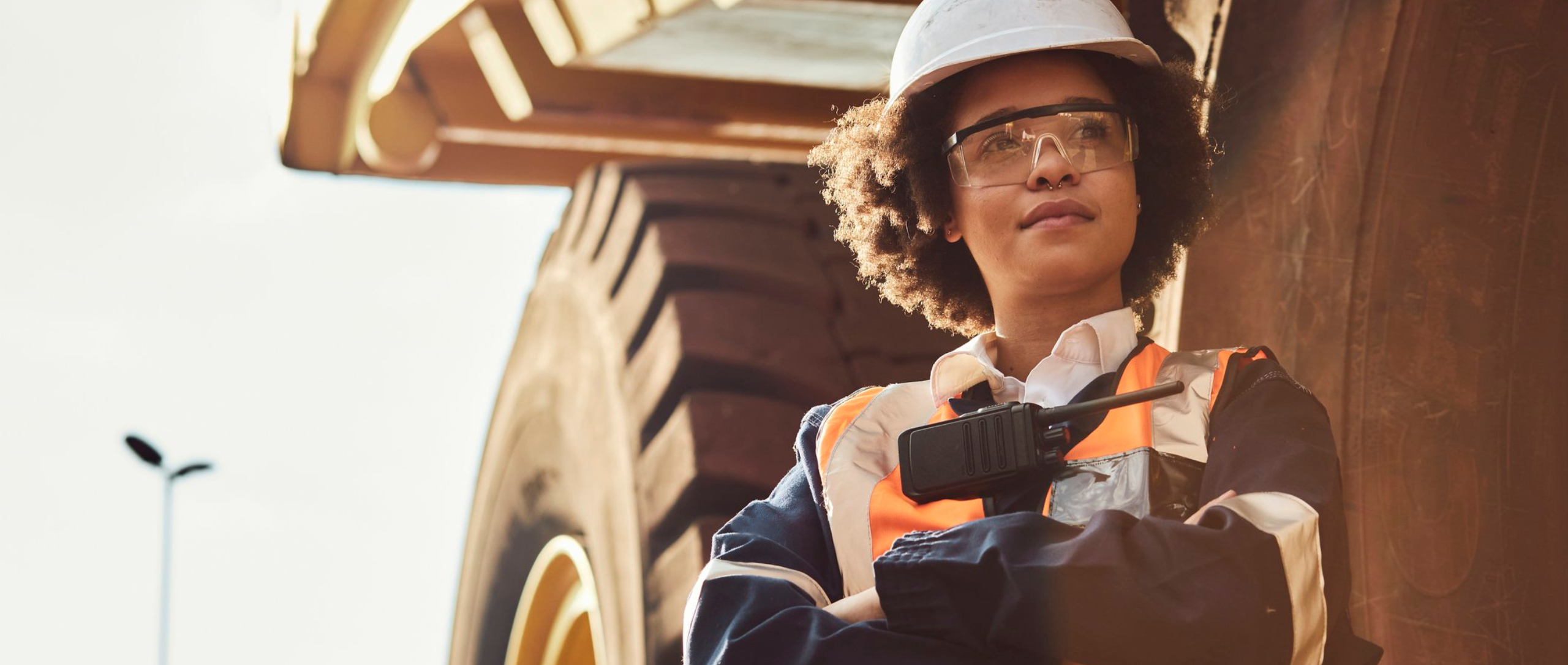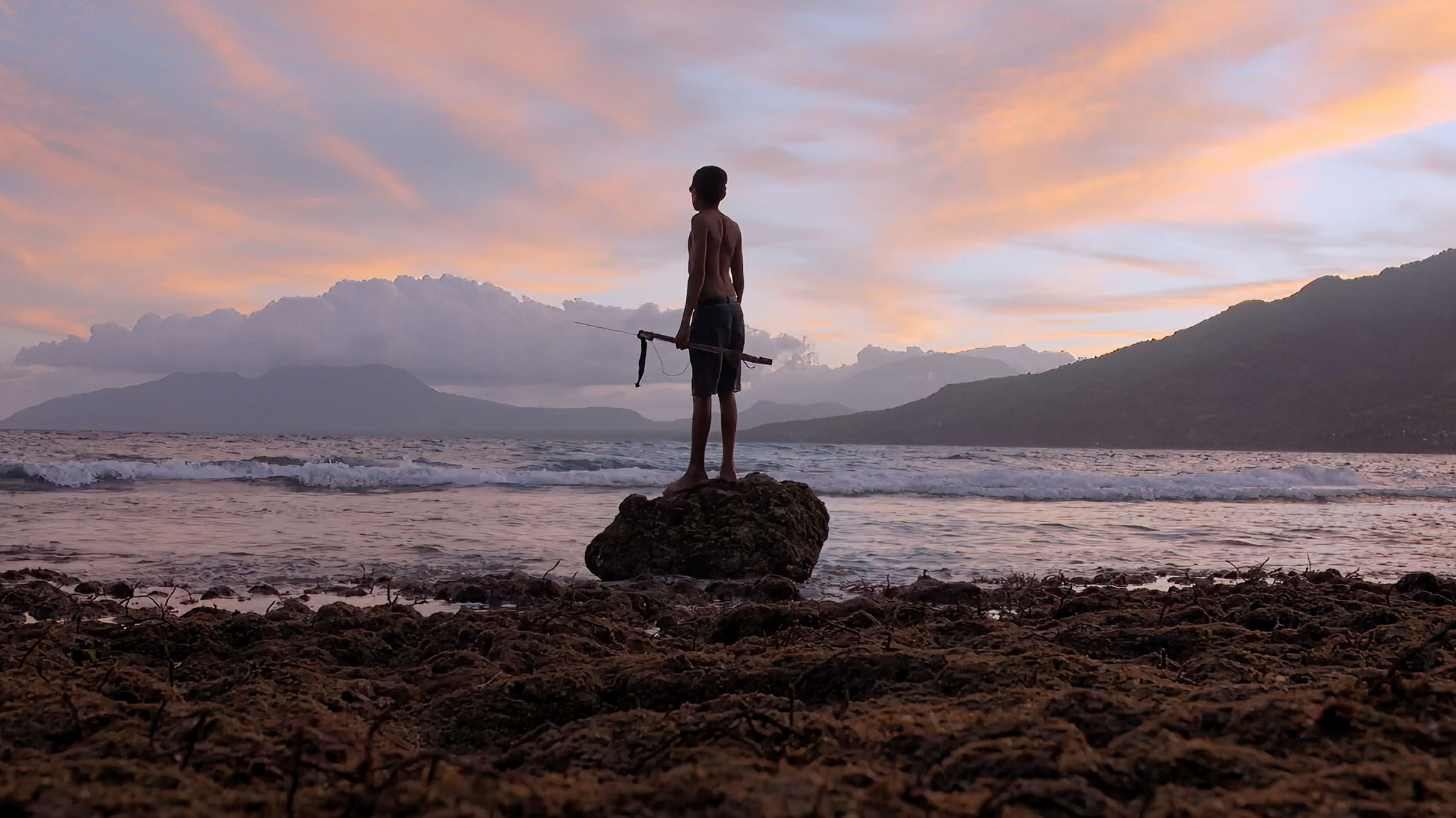After the Amazon Fires, What’s Next for Stopping Deforestation?
More than 26,000 fires have raged throughout Brazilian Amazon in August alone—the fastest rate of destruction since record keeping began. President Jair Bolsonaro campaigned with a promise to open the Amazon to development and eight months into his term, having withdrawn enforcement of protective laws, deforestation is sharply on the rise. As the fires continue to burn in the Amazon—two thirds of which is in Brazil—that ecosystem is hurtling toward what some are calling a tipping point. While satellite images of massive plumes of smoke and a darkened daytime São Paulo sky have captured media attention globally, Carlos Souza, senior associate researcher at Imazon (Skoll Awardee 2010) asks what will happen when the smoke clears.
Zach Slobig: Can you give us a sense of what has changed on the ground there in Brazil under the Bolsonaro regime?
Carlos Souza: It’s clear with this new government since it took power that they wanted to get rid of the environmental agenda, not only for the Amazon but in general. Before the election, during the campaign, they sent strong message to the agribusiness sector, saying the amount of protected areas in Brazil was absurd and that we had to develop the Amazon.
The new Ministry of Environment is dismantling the environmental agenda, especially in terms of law enforcement and protection of conservation areas. In the past there was a strong group working on climate change adaptation, mitigation, and doing the studies to position Brazil in the climate change convention—this was eliminated. They’ve made it clear that they don’t believe in climate change.
Our monitoring system and the official one have shown that deforestation has increased, but the government has denied that. These fires in the region have increased international attention and Bolsonaro has responded with a military task force to fight the fires, but we don’t know what kind of response there will be to control deforestation rise.
Zach: And what has caused this sudden increase in fires in the region?
Carlos: We’ve seen on social media people saying, “Oh, this always happens.” Yes, it happens, but not like this. The farmers use fires to clean up and reinvigorate the pastures. In the past when those fires escaped and burned the forests, the states and municipalities increased their risk management.
In 2016 we had one of the worst droughts in the region, the Amazon dried out, and we had big fires. That was mostly associated with climate conditions. Now because the farmers have received these signals from Bolsonaro, it has gotten out of control. Our analysis shows that at least 50 percent of these fires are concentrated in the 10 municipalities that have cleared the most forest in the past 12 months, so it’s tightly connected with new deforestation. This is accelerating monthly and that’s very alarming. Imazon is in the middle of the issue because we report this data independently. There’s a lot of pressure on us, but we’ve kept our mission to report and talk to the media.
Zach: And this issue has certainly captured the attention of the media. When people talk about this as an indication of a “tipping point” what does that mean?
Carlos: Almost 20 percent of the original Amazon forest has been cleared in the Amazon Basin. That tipping point is a change in conditions that impact climate regulation and the capacity to recycle water. If we lose forest, we’ll lose the capacity to produce clouds and rainfall. Studies show that in very large areas that have been cleared there is less rainfall, less precipitation.
In the Xingu basin—a territory in the Amazon with large forested areas protected by indigenous people —there are two crop seasons. As you go farther from the Xingu basin, into these very large deforested areas, you have less rainfall and there isn’t this second crop, and the dry season is becoming longer. Imagine this happening on an even larger scale—that’s what those tipping point models predict. As we expand these deforested areas and have less precipitation, longer dry season conditions, that will create a feedback loop in the forest to create drier, savanna-like conditions.
So the critical question is how much can we lose? Past models predicted 30-40 percent and the more recent models say beyond 20 percent and you are in a serious risk zone. We had not considered in the previous models the external effect of climate change.
Zach: It seems like Imazon’s approach has been very bottom up in terms of multi-stakeholder strategy. Have you had to adapt that in the Bolsonaro era?
Carlos: It’s more complicated because the stakeholders are not as open. You probably heard that Bolsonaro said that these fires in the Amazon were started by NGOs? That’s the kind of conditions we are working with now—it has made building partnerships with municipalities difficult. One thing that we are considering is to connect with the state level, with governors, the coalition of the Amazon states, to dialogue directly with Germany and Norway even though the federal government doesn’t want the Amazon Fund investment.
We also want to partner with the municipalities that are more open – there are a few of them. There are areas under state jurisdiction that don’t have the capacity to monitor deforestation and combat this crisis. I will have a meeting with state representatives this month to explore this more. If we successfully engage the states, we can try to positively persuade the municipalities to join.
Zach: Can you give me a sense of the public engagement and response to the crisis and Bolsonaro’s inaction? How are regular people on the ground reacting?
Carlos: With the recent protests, I didn’t see political motivations, but rather a pro-environment motivation. That’s a good sign. Of course, we have to be careful because some political parties try to take advantage of these events. A poll last week showed that 96 percent of people really want the government to do something about the Amazon crisis. Citizens are sending a strong message to the government that they have to change their environmental policies. It’s too soon to tell if Bolsonaro is making any real changes. Combatting the fires is urgent, but most important after that is to apply the laws against illegal deforestation.
One of the biggest surprises for me was to see Katia Abreu, a leading Senator from the agricultural group, give a testimony against the environmental policy that Bolsonaro has implemented. She argued that this will ruin the agribusiness sector for Brazil and that it will take a long, long time to reestablish our credibility with the international market. She had been a strong opponent to the environmental agenda in the past.
Zach: In all the time you’ve been working on this issue, you’ve likely seen other moments of intensified public attention. In the past what has happened as a result?
Carlos: In the past when we’ve had a crisis like this, the government did not deny the fact, and now we have a big denial. In the past, we saw concrete action. The government was hoping to receive international support and it was clear that Brazil lacked capacity, but we had governments that were taking this issue seriously.
Now, it’s the opposite. For me the big difference is that we’ve never had a president and minister of the environment that was against environment.
Brazilians do care about the environment, and I’m happy to see that Brazilians are responding in protest and happy to see that sectors like the agricultural groups are also reacting, but we still need more international attention to the problem. Together, we’ll find a way to bring more balance.
Want more stories of large-scale change on the world’s most pressing problems? Sign up for Skoll Foundation’s monthly newsletter.
“Amazon rainforest”by MinaGuliWater is licensed under CC BY-NC-ND 2.0



